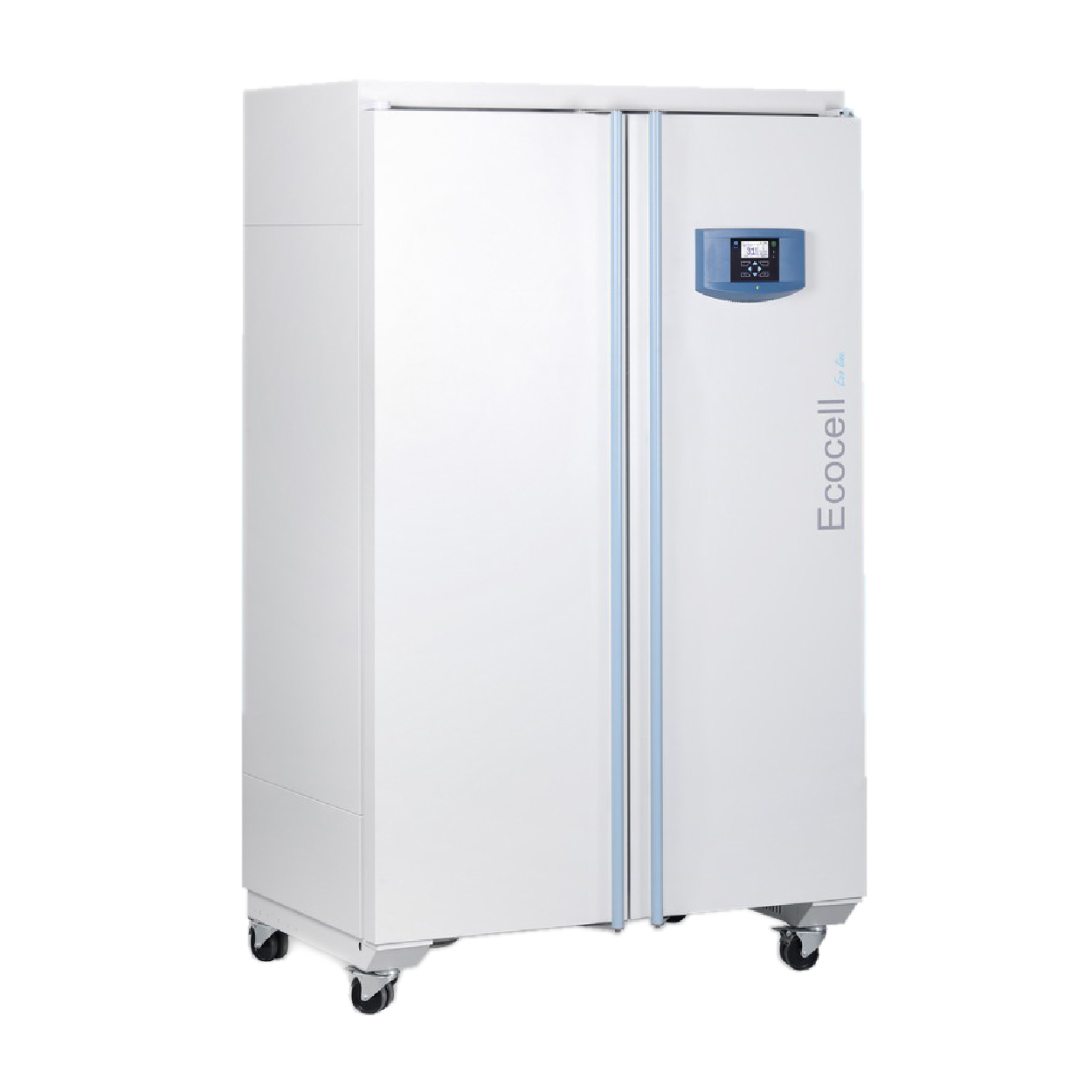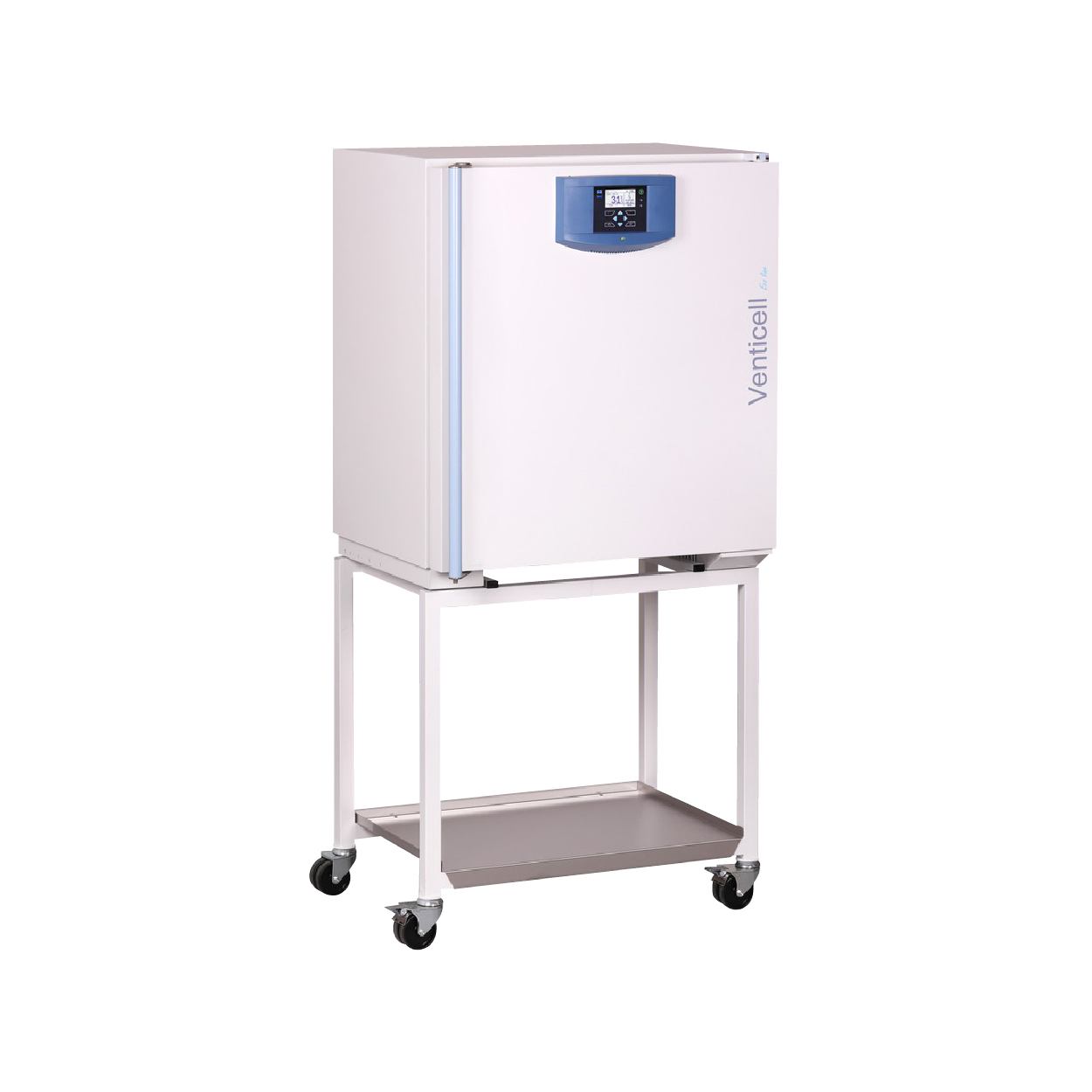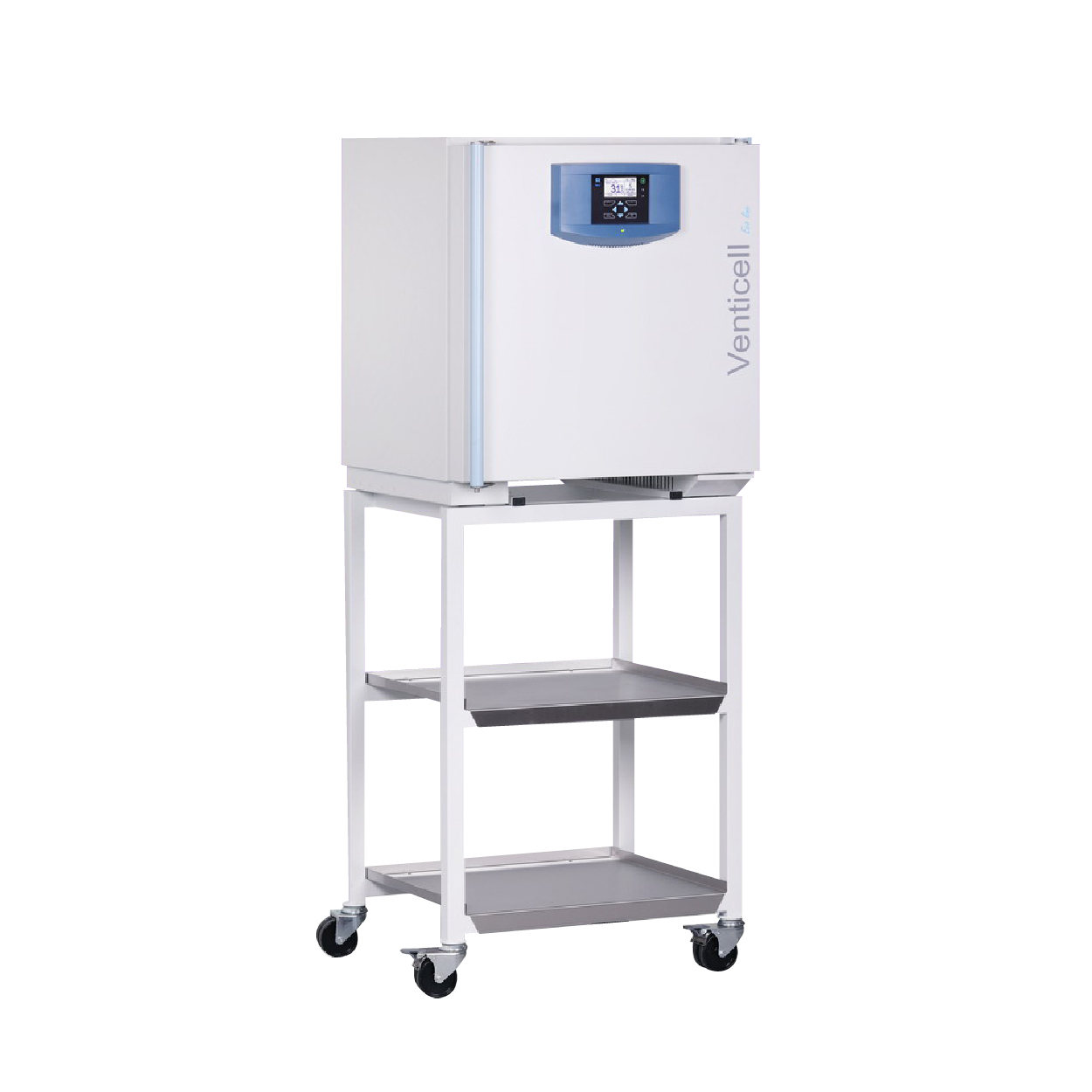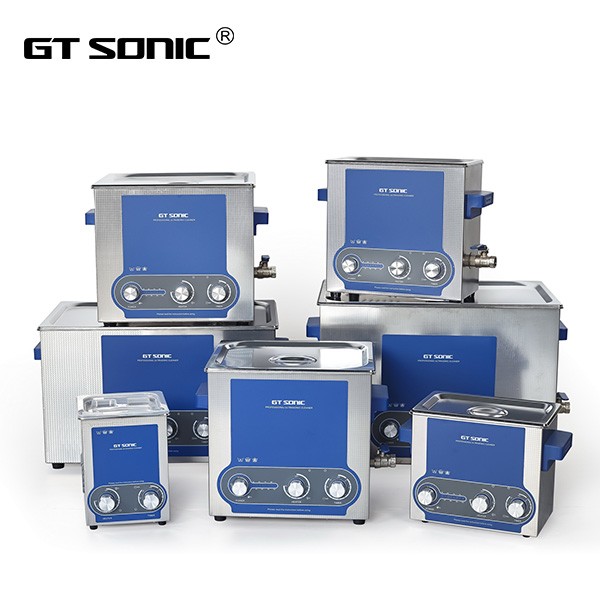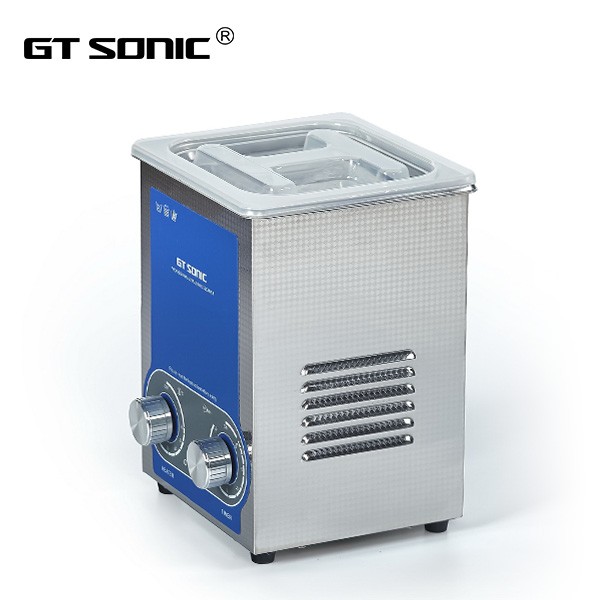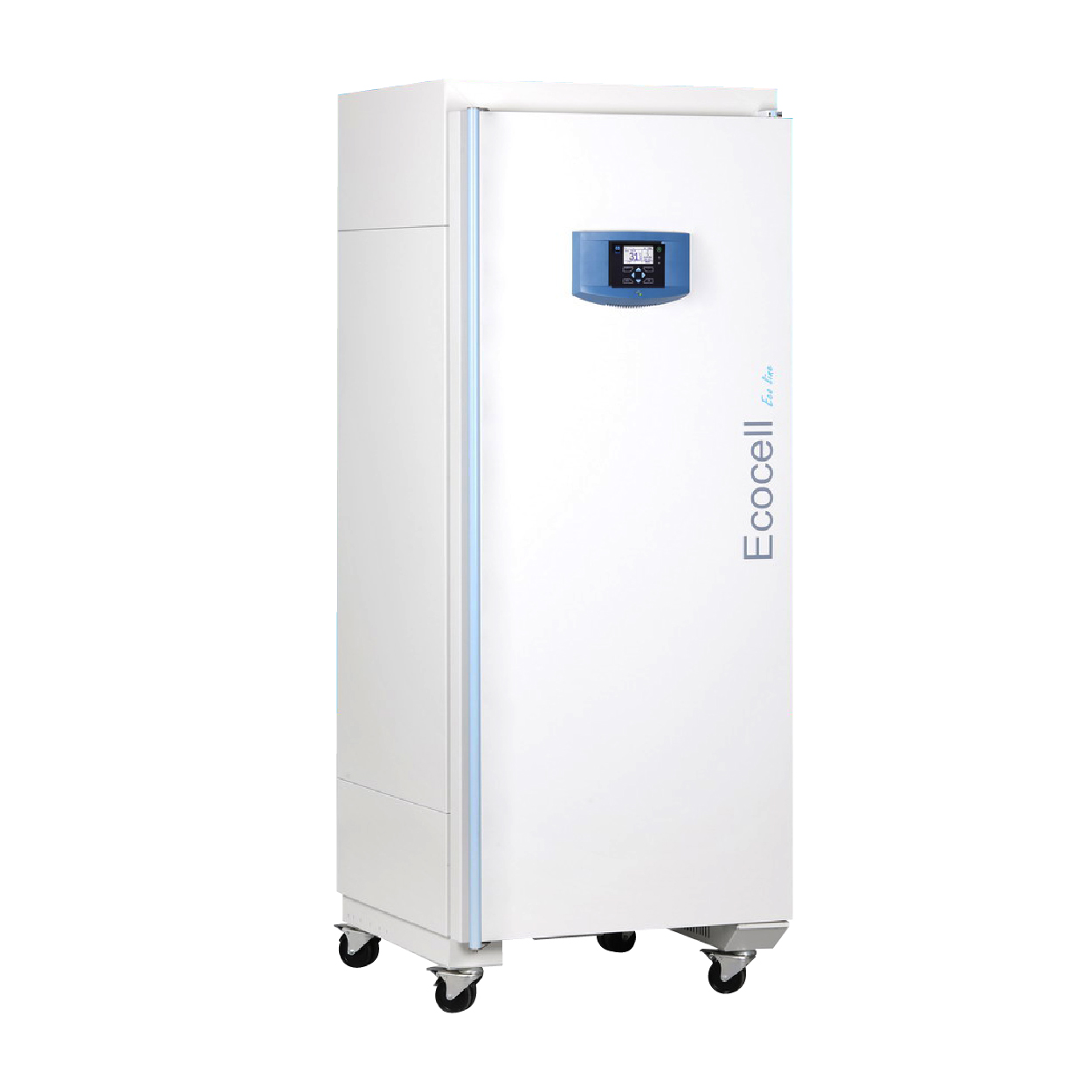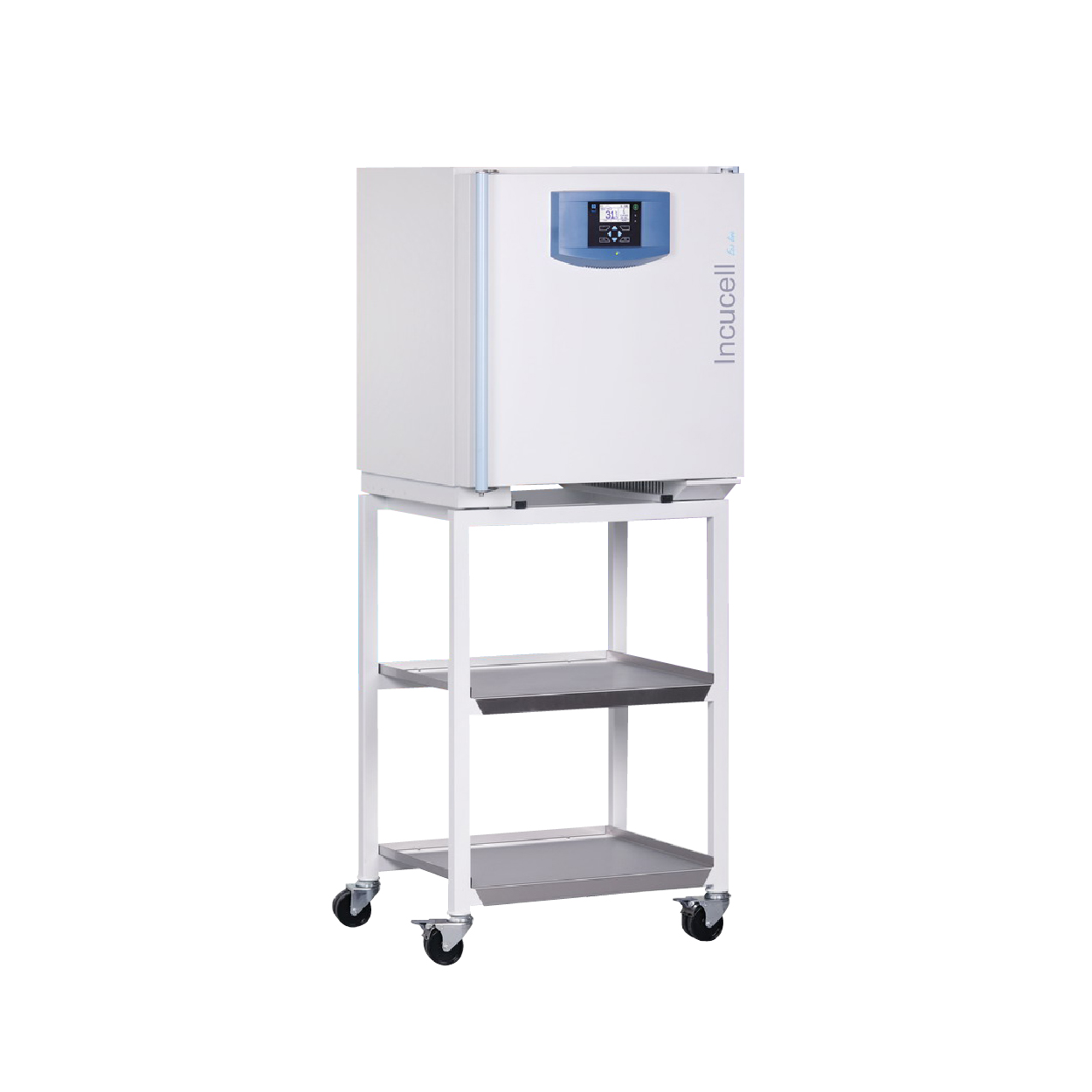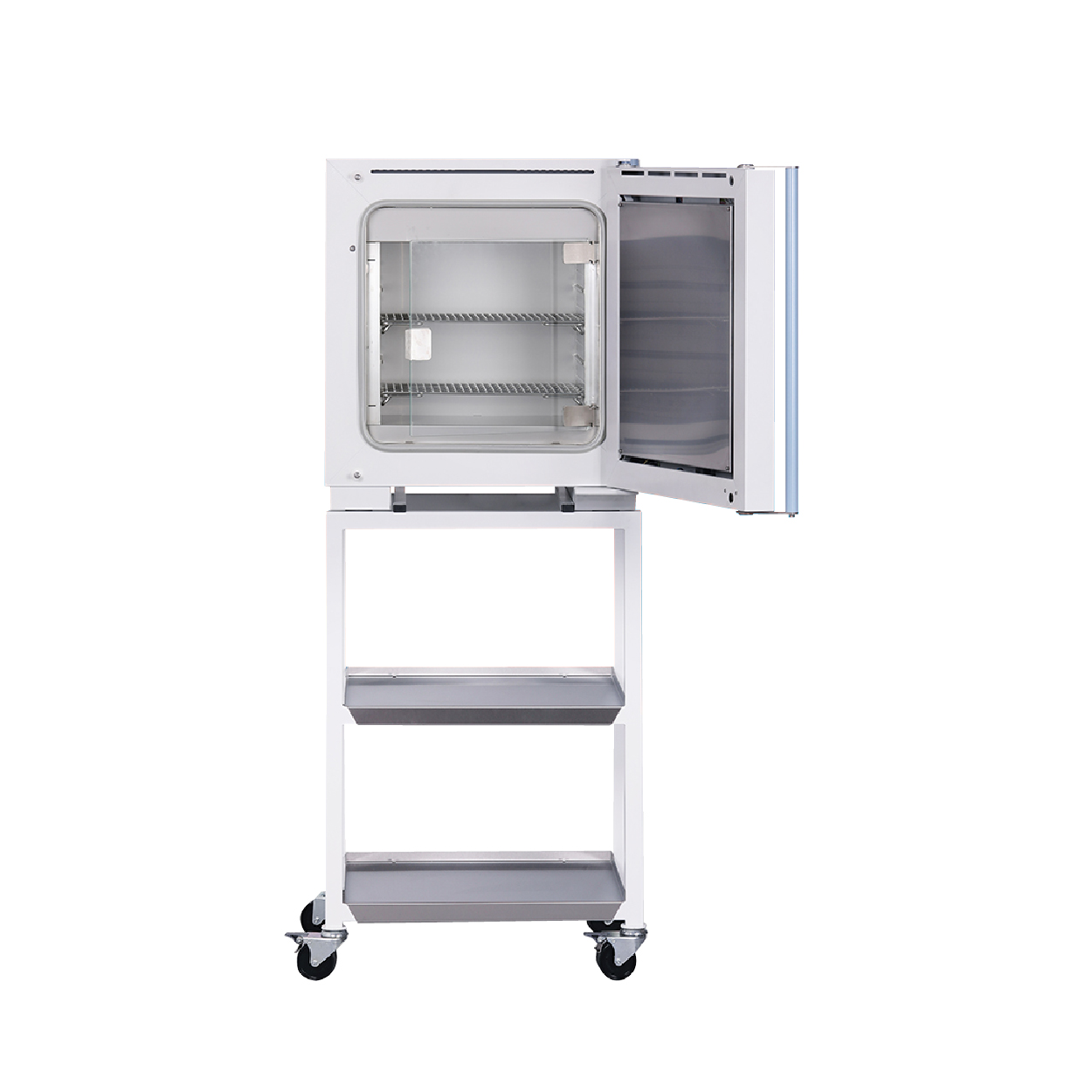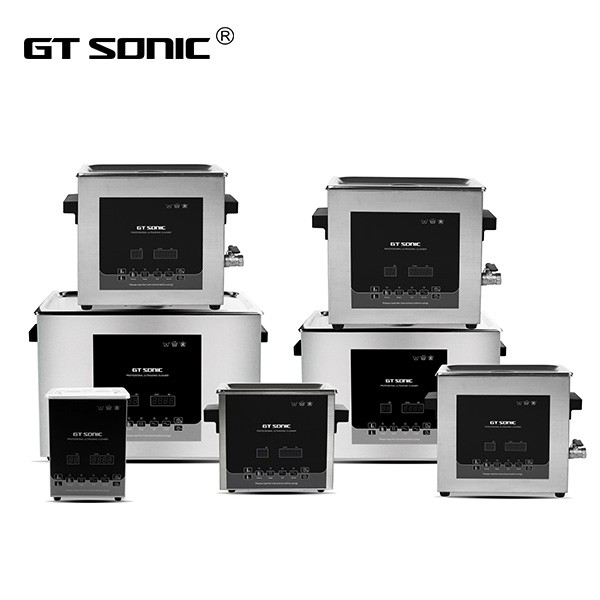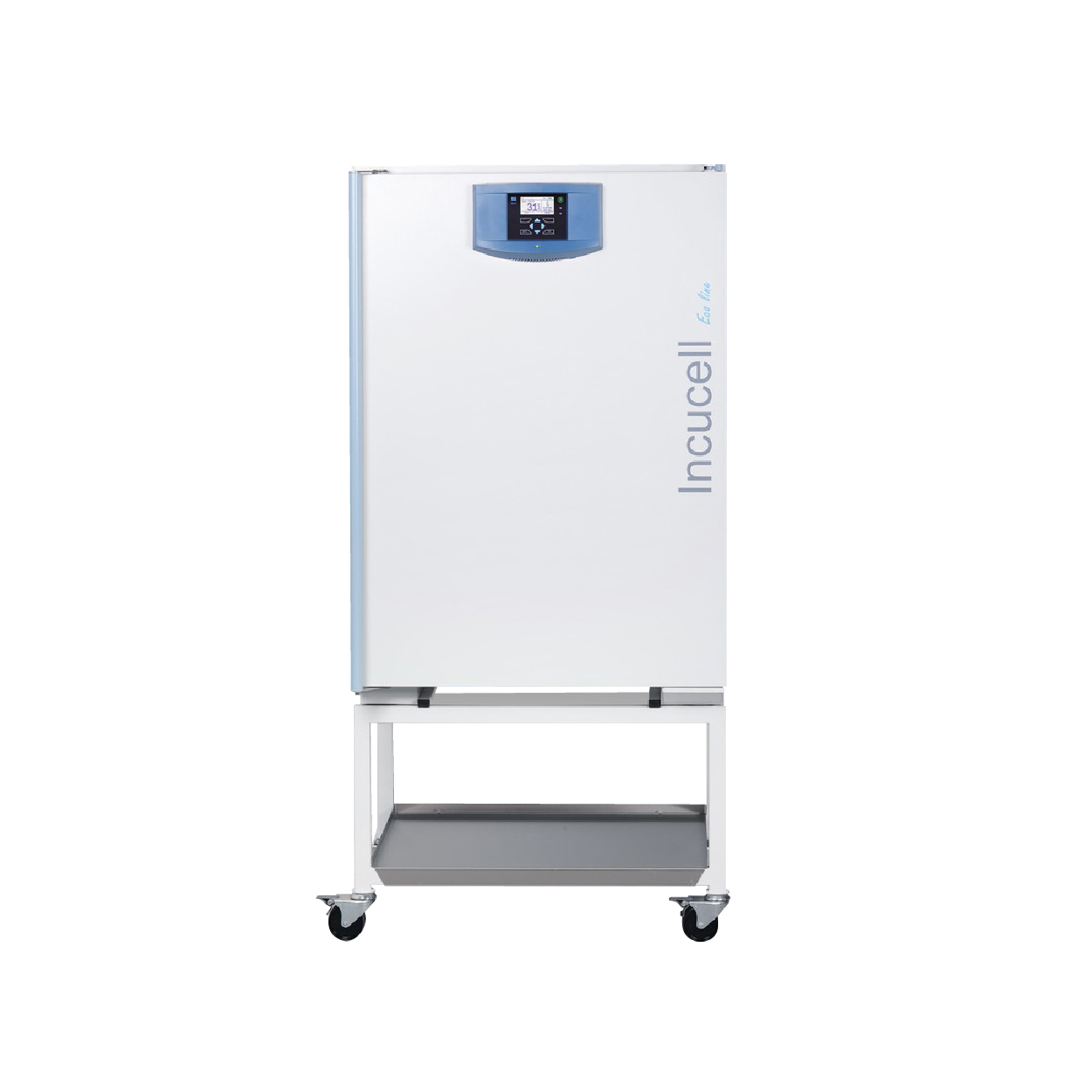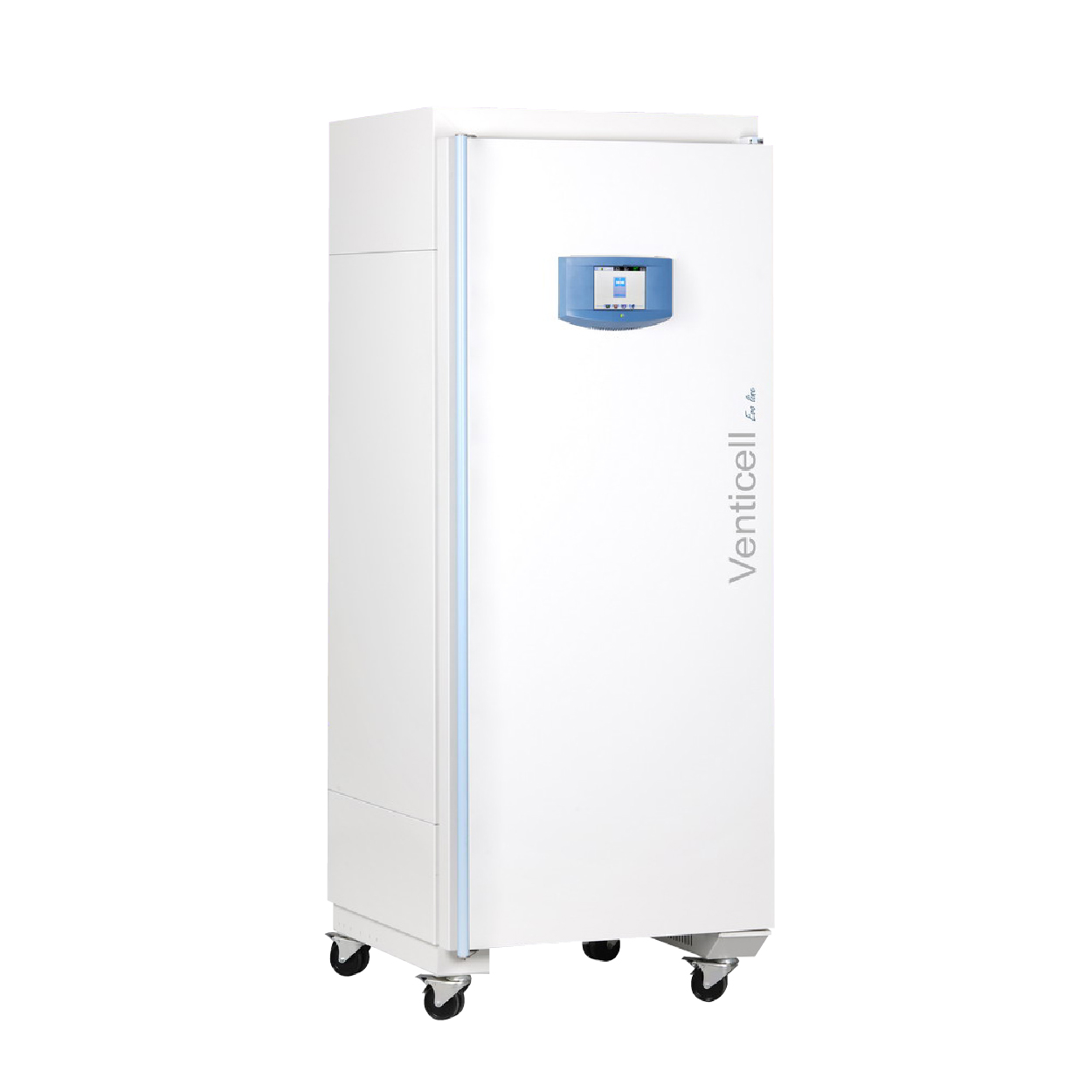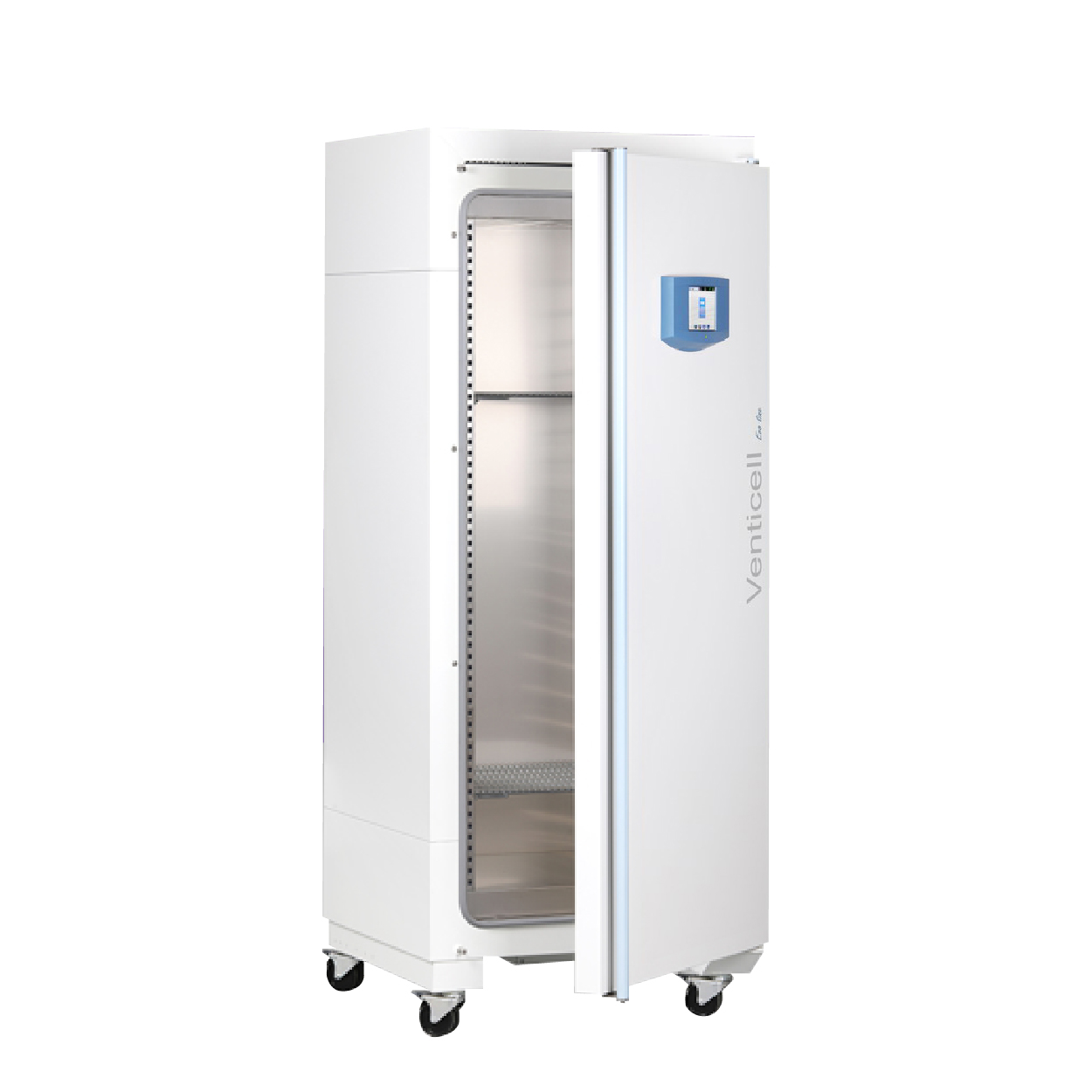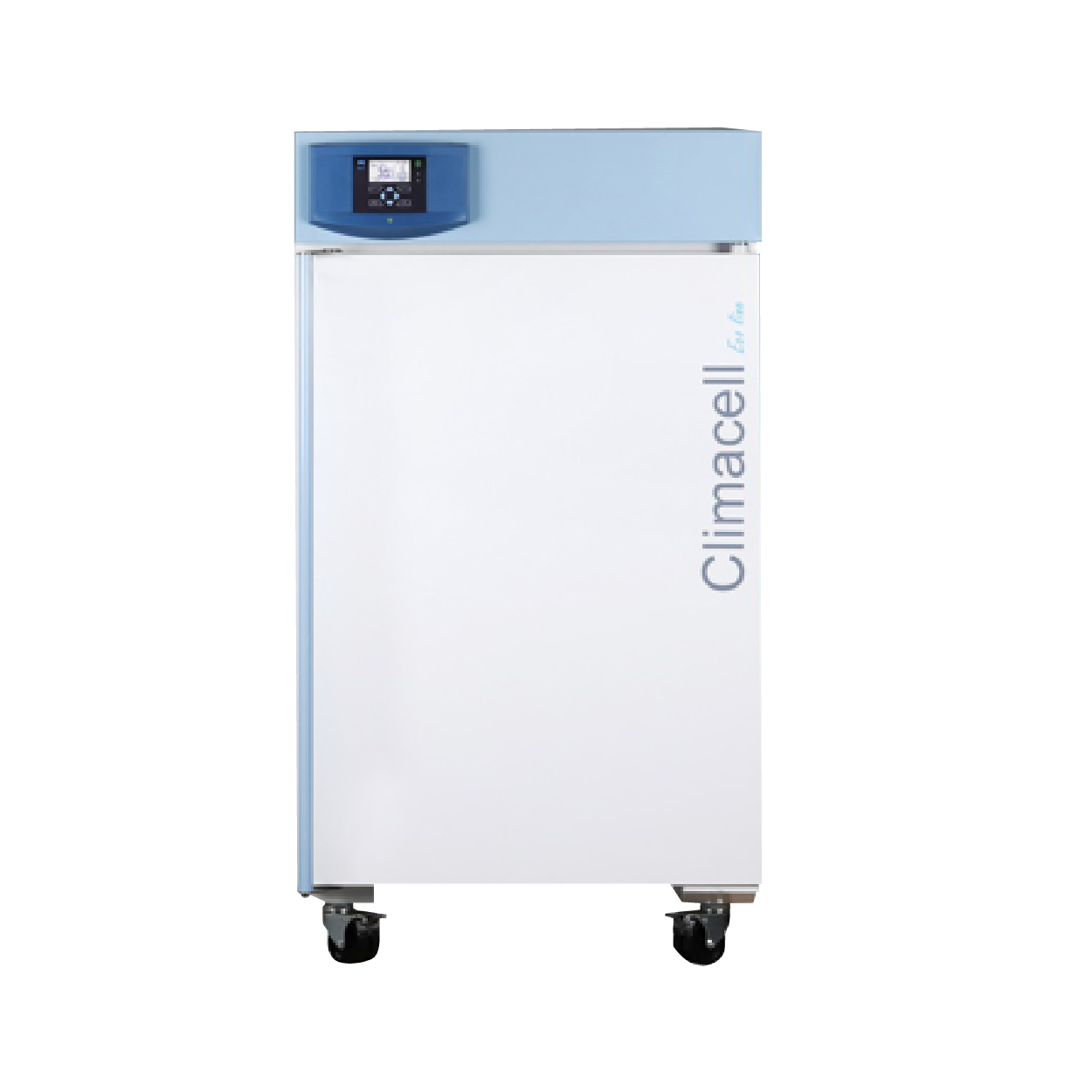- Empty cart.
- Continue Shopping
Fiber Analyzers that use pre-heated reagents for fiber analysis according to Weende, Van Soest and other official methods.
Crude Fiber, Neutral & Acid Detergent Fiber

FIWE 3?and?FIWE 6?are fiber analyzers suitable for raw fiber extraction, conventionally known as an indigestible residue. Rapid analysis, reliable results and high reproducibility are some of the most relevant benefits of these units which are ideal for the following applications:
– the?Weende method, the oldest analytical procedure still in use today, in which fiber concentration is measured as crude fiber (CF)
– the?Neutral Detergent Fiber?(NDF), a method developed by Van Soest, now the most common measure of fiber used for animal feed analysis
–?Acid Detergent Fiber?(ADF), a portion of the plant fiber and includes cellulose, lignin and variable amounts of xylans.
-?Acid Detergent Lignin?(ADL) determination and Wijkstrom technique, a modification of the Weende method
High Reliability, Single or Multiple Extractions

Perform?single or multiple extractions?including boiling, rinsing and filtration steps with the?maximum reproducibility?available.
No sample transfer?prevents any possible sample loss, as crucibles can also be used as sample vessels during weighing, drying and washing.
Pre-heat the reagents with?RC2 hot plate?(included), and pour them directly into the system.
Rapid Heating Element

An?extremely efficient heating element?speeds up the analysis, ensuring rapid heating of the sample, previously mixed with pre-heated reagents.
Also after the second reagent addition, the heating element grants a fast re-heating of the solution, for conspicuous saving in terms of time.
In fact,?FIWE Series?reduces the time required?for the analysis: the equivalent manual procedure will require more than 6 hours, compared to the 2 hours with?FIWE.
No transfer and sample loss

In order to prepare the sample for fiber analysis, COEX ensures rapid fat extraction?directly into the same glass crucibles used by the FIWE series.
The crucible, containing the defatted sample, is transferred directly to the FIWE analyzer, eliminating possible errors due to sample transfer.





